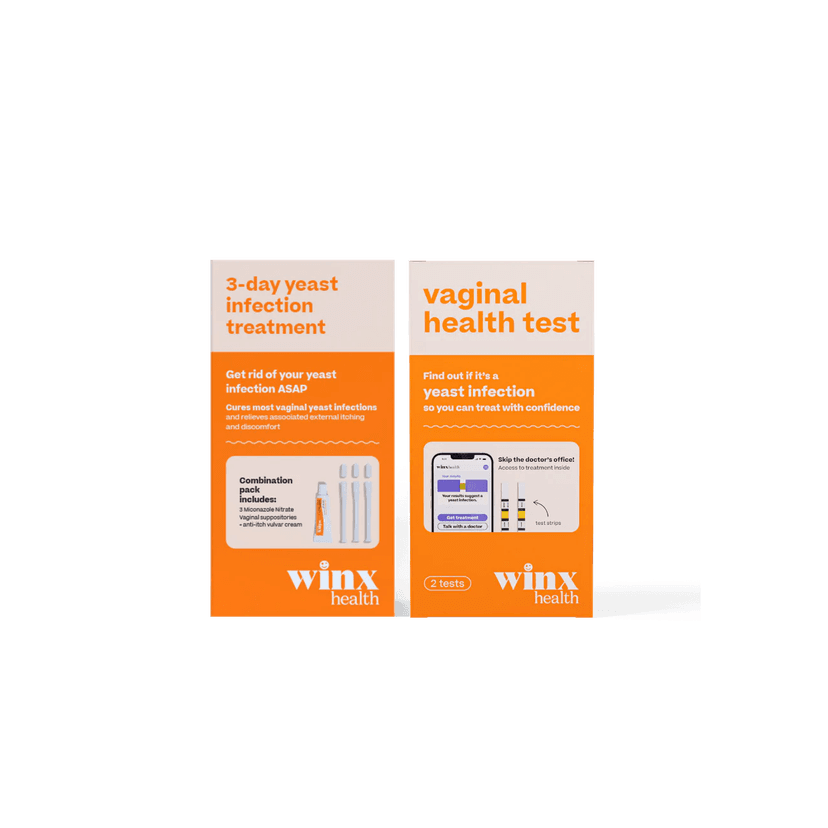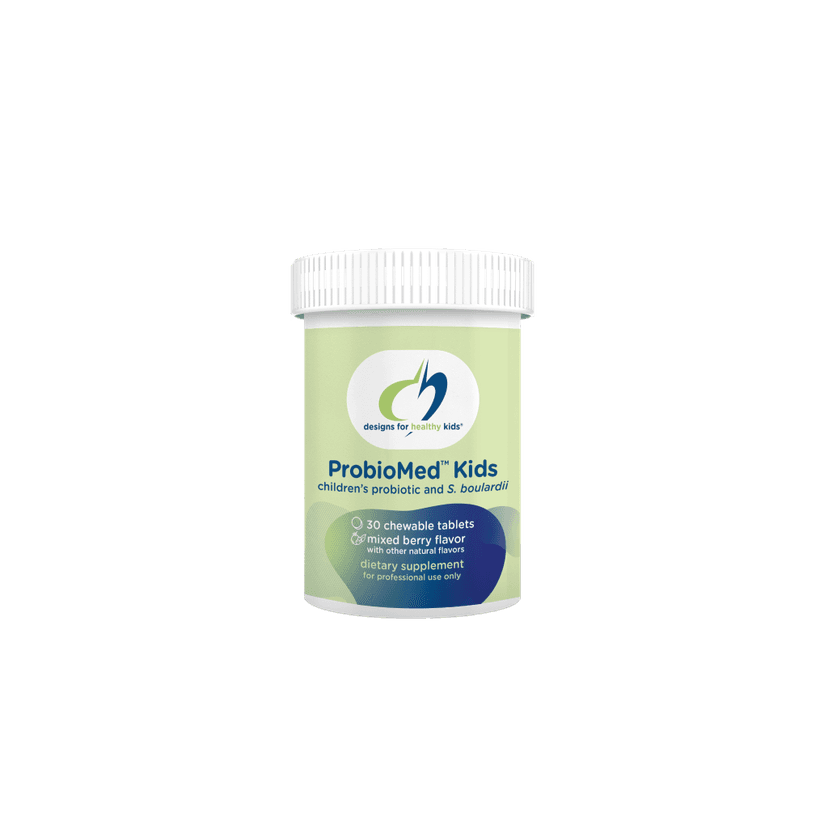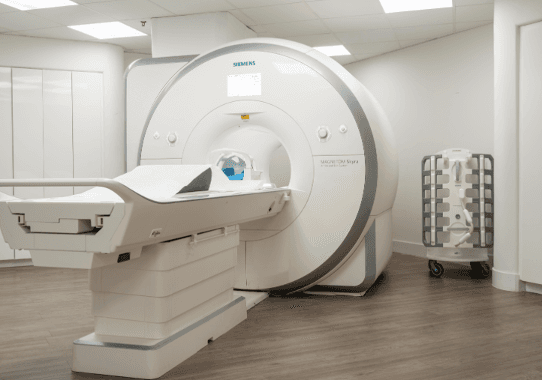Transcriptomics is the study of RNA molecules in a cell. It helps doctors understand how diseases affect gene expression. This field is becoming important for personalized medicine. By looking at RNA, doctors can create treatments tailored to each patient. This article explores how transcriptomics is changing the way we treat diseases.
Key Takeaways
- Transcriptomics studies RNA to understand how diseases affect gene expression.
- This field is crucial for developing personalized treatments for patients.
- Technological advances like microarrays and next-generation sequencing are driving the field forward.
- Transcriptomics is showing promise in treating cancers, heart diseases, and neurodevelopmental disorders.
- Ethical and privacy issues are important considerations in transcriptomics research.
Understanding Transcriptomics and Its Importance in Medicine
Defining Transcriptomics
Transcriptomics is the study of all RNA molecules within a cell, tissue, or organism. It focuses on understanding which genes are actively being expressed at any given time. This field allows scientists to measure the expression levels of thousands of genes simultaneously, providing a detailed snapshot of cellular activity.
How Transcriptomics Differs from Genomics
While genomics looks at the entire DNA sequence of an organism, transcriptomics zeroes in on RNA. This distinction is crucial because RNA reflects the genes that are actively being used to make proteins, offering a more dynamic view of cellular function. Unlike genomics, which remains relatively constant, the transcriptome can change in response to various conditions.
The Role of RNA in Disease
RNA plays a significant role in many diseases. Abnormal RNA expression can lead to diseases like cancer, cardiovascular disorders, and neurodevelopmental issues. By studying RNA, researchers can identify disease-specific biomarkers and develop targeted treatments. This makes transcriptomics a powerful tool in personalized medicine, where treatments are tailored to the individual patient's genetic makeup.
Understanding the transcriptome provides a real-time snapshot of cellular activity, making it invaluable for diagnosing and treating diseases.
Technological Advances in Transcriptomics
Microarray Technologies
Microarray technologies have revolutionized the way we study gene expression. These tools allow scientists to measure the expression levels of thousands of genes at once. This high-throughput capability makes it easier to identify genes involved in diseases. Microarrays use small, solid supports onto which DNA molecules are fixed in an orderly manner. Researchers can then analyze these arrays to see which genes are active or inactive in different conditions.
Next-Generation Sequencing
Next-Generation Sequencing (NGS) has taken transcriptomics to the next level. Unlike traditional methods, NGS can sequence millions of DNA fragments simultaneously. This technology provides a more comprehensive view of the transcriptome, allowing for the discovery of new genes and the understanding of complex gene interactions. NGS is faster and more cost-effective than older sequencing methods, making it a popular choice for researchers.
Single-Cell RNA Sequencing
Single-cell RNA sequencing (scRNA-seq) is a groundbreaking technology that allows scientists to study gene expression at the single-cell level. This is particularly useful for understanding the diversity of cell types in a tissue and how individual cells respond to different conditions. scRNA-seq can reveal rare cell populations that might be missed with bulk RNA sequencing. This technology is opening new doors in personalized medicine by providing insights into how diseases affect individual cells.
Transcriptomics in Cancer Treatment
RNA-Guided Therapeutics
Transcriptomics is a promising tool in cancer treatment. It helps in understanding how RNA changes can affect cancer growth and response to treatments. For example, miRNA profiling can be used to classify different types of cancers accurately.
Case Studies and Clinical Trials
Clinical trials like the WINTHER study have shown that RNA analysis can guide treatment choices for patients with advanced cancers. This is especially useful for patients who do not have actionable DNA changes.
Future Directions in Cancer Transcriptomics
The future of cancer treatment may involve more RNA-based diagnostics and therapies. Researchers are exploring how changes in RNA can serve as biomarkers for early detection and personalized treatment plans.
Applications of Transcriptomics in Cardiovascular Diseases
Identifying Biomarkers
Transcriptomics has significantly impacted cardiovascular disease (CVD) research, one of the leading causes of death worldwide. At the tissue level, transcriptomics helps identify intrinsic and extrinsic risk factors for CVD. By defining expression quantitative trait loci (eQTL) signatures, researchers can pinpoint genetic markers associated with increased risk. This information is crucial for early diagnosis and prevention.
Personalized Treatment Plans
Transcriptomics also plays a vital role in creating personalized treatment plans for CVD patients. By analyzing gene expression profiles, doctors can determine the most effective drugs for each individual. This approach minimizes side effects and maximizes treatment efficacy. Efforts in this area include defining personalized drug profiles and understanding how lifestyle factors like diet and exercise influence gene expression.
Challenges and Opportunities
While transcriptomics offers many benefits, it also presents challenges. Data privacy and security are significant concerns, as is the ethical use of genetic information. Additionally, integrating transcriptomic data with other types of biological data remains a complex task. However, the potential for improved patient outcomes makes overcoming these challenges worthwhile.
The future of CVD treatment lies in the integration of transcriptomics with other omics data, paving the way for more comprehensive and effective healthcare solutions.
Neurodevelopmental Disorders and Transcriptomics
Autism Spectrum Disorder (ASD) is a complex condition that affects brain development, leading to challenges in social interaction, communication, and behavior. Transcriptomics helps identify specific RNA molecules that may contribute to ASD, offering insights into its underlying mechanisms. This can lead to better diagnostic tools and potential therapeutic targets.
Intellectual Disability (ID) involves significant limitations in intellectual functioning and adaptive behavior. Transcriptomics can reveal gene expression patterns associated with ID, helping to pinpoint the biological pathways involved. This knowledge can guide the development of personalized treatment plans and interventions.
Epitranscriptomics studies chemical modifications on RNA molecules that can affect their function without changing the underlying genetic code. In neurodevelopmental disorders, these modifications can play a crucial role. Understanding these changes can provide new avenues for diagnosis and treatment, potentially leading to more effective and targeted therapies.
The study of transcriptomics in neurodevelopmental disorders is still in its early stages, but it holds great promise for improving our understanding and treatment of these complex conditions.
Integrating Transcriptomics with Other Omics
Multi-Omics Approaches
Combining transcriptomics with other omics fields, like genomics, proteomics, and metabolomics, offers a more complete view of biological systems. This integrated approach helps in understanding complex diseases better. For example, while genomics provides information about DNA sequences, transcriptomics reveals how genes are expressed in different conditions.
Data Integration Techniques
To make sense of the vast amount of data generated from multi-omics studies, advanced data integration techniques are essential. These methods help in aligning and interpreting data from different sources. Common techniques include:
- Statistical methods: These involve mathematical models to find correlations between datasets.
- Machine learning: Algorithms can predict outcomes based on integrated data.
- Network analysis: This helps in understanding the relationships between different biological molecules.
Clinical Implications
The integration of transcriptomics with other omics has significant clinical implications. It can lead to more accurate diagnoses, better treatment plans, and personalized medicine. For instance, in cancer treatment, combining transcriptomics with proteomics can help identify specific biomarkers for targeted therapies.
The future of medicine lies in the ability to integrate various omics data to provide a holistic view of patient health. This approach not only enhances our understanding of diseases but also paves the way for innovative treatments.
Challenges and Ethical Considerations in Transcriptomics
Data Privacy and Security
One of the main challenges in transcriptomics is ensuring data privacy and security. With the vast amount of genetic information being generated, protecting this sensitive data from unauthorized access is crucial. Researchers and healthcare providers must implement robust security measures to safeguard patient information.
Ethical Use of Genetic Information
The ethical use of genetic information is another significant concern. There are questions about who owns the genetic data and how it can be used. It's essential to establish clear guidelines to ensure that genetic information is used responsibly and ethically.
Regulatory Landscape
Navigating the regulatory landscape is also a challenge. Different countries have varying regulations regarding the use of genetic information. Researchers and healthcare providers must stay informed about these regulations to ensure compliance.
The integration of transcriptomics into clinical practice brings both opportunities and challenges. Addressing these ethical and regulatory issues is vital for the responsible use of genetic information in personalized medicine.
Conclusion
Transcriptomics is changing the way we think about personalized medicine. By studying RNA, scientists can understand how genes are turned on or off in different diseases. This helps doctors choose the best treatments for each patient. As we learn more, transcriptomics will become even more important in treating diseases like cancer, heart problems, and brain disorders. This new knowledge will help doctors make better decisions and improve patient care. The future of medicine is bright with transcriptomics leading the way.
Frequently Asked Questions
What is transcriptomics?
Transcriptomics is the study of RNA molecules in a cell. It helps scientists understand which genes are active and how they are regulated.
How is transcriptomics different from genomics?
While genomics looks at the entire DNA sequence, transcriptomics focuses on RNA. This helps researchers see how genes are expressed at different times and conditions.
Why is RNA important in disease?
RNA plays a vital role in making proteins, which do most of the work in cells. Changes in RNA can lead to diseases by affecting protein production.
What technologies are used in transcriptomics?
Some key technologies include microarrays, next-generation sequencing, and single-cell RNA sequencing. These tools help scientists analyze RNA in detail.
How does transcriptomics help in cancer treatment?
Transcriptomics can guide cancer treatment by identifying RNA changes in cancer cells. This helps doctors choose the best therapies for individual patients.
Are there any ethical concerns with transcriptomics?
Yes, there are ethical concerns like data privacy and the use of genetic information. It's important to handle this data responsibly to protect individuals' privacy.























